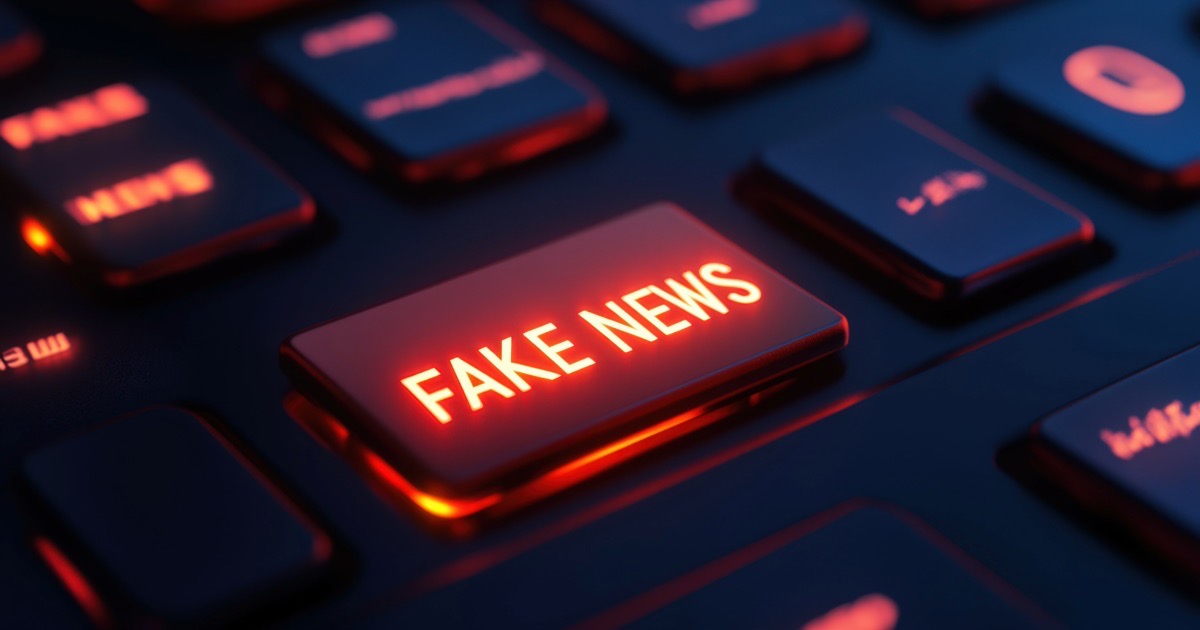Disinformation is no longer just an election-day phenomenon. In previous election cycles, headlines were often dominated by worries about foreign disinformation inciting violence, but the 2024 election cycle has introduced a new perspective. This year’s relatively low-profile disinformation efforts highlight both the success of election security initiatives and the shifting nature of influence operations by adversarial actors. Yet, this shift also serves as a stark reminder that disinformation is now an endemic issue that affects far more than just isolated events like elections.
The Evolving Tactics of Disinformation
Instead of focusing on blatant, violence-inciting content, activists are adopting a more insidious approach. They’re seeding subtle falsehoods, exploiting existing societal divisions, and manipulating narratives over longer periods. This “slow drip” of disinformation can be harder to detect and counter, but its cumulative effect can be just as damaging.
Adding to this complex landscape, Lisa Kaplan, CEO of disinformation detection startup Alethea, highlighted the rise of activist-driven disinformation at the IPR Commissions and Centers Summit in New York City on Dec. 3. Brands are targeted for their perceived political stances or social responsibility initiatives, Kaplan noted. Companies like Harley Davidson, Walmart, and Target have been caught in the crossfire, facing boycotts and accusations of being “too woke” or not woke enough. This weaponization of disinformation by activists presents a unique challenge for PR, demanding careful navigation of public sentiment and stakeholder expectations.
The Proliferation of Platforms and the Erosion of Trust
The rise of new social media platforms like BlueSky, coupled with the evolving nature of established platforms like X (Twitter), further complicates the disinformation landscape. PR teams must adapt their strategies to reach audiences across these diverse platforms, while contending with the increasing prevalence of activist accounts masquerading as journalists.
Furthermore, the workshop emphasized the growing mistrust of traditional media, with a significant portion of the population turning to infotainment for their news. According to Pew Research, 86% of Americans got their news often or sometimes from digital devices, versus 63% for TV, 42% for radio and only 26% often or sometimes from newspapers. This trend makes it even more challenging to combat disinformation and ensure accurate information reaches the public.
What This Means for PR
- Proactive Monitoring: PR teams can no longer afford to be reactive. Continuous monitoring of online conversations and emerging narratives is crucial to identify and address disinformation before it takes root. This includes tracking conversations across various platforms and identifying potential threats from activist groups.
- Building Trust and Resilience: In a world awash with falsehoods, trust becomes paramount. PR efforts must focus on building strong relationships with stakeholders, fostering transparency, and communicating authentically. This includes proactively addressing concerns about DEI initiatives, political affiliations, and other sensitive topics.
- Combatting Disinformation with Truth: When disinformation arises, PR professionals must be prepared to respond swiftly and effectively. This requires a strategy that combines factual rebuttals, source verification, and amplification of credible voices. It also involves engaging with activists and addressing their concerns in a constructive manner.
- Understanding the Narrative Landscape: PR teams need to be adept at analyzing the broader narrative landscape to understand how disinformation is spreading and impacting public perception. This involves identifying key influencers, tracking trending topics, and analyzing sentiment across different platforms and demographics.
- Preparing for Business Challenges: Disinformation can have real-world consequences for businesses, impacting sales, investor confidence, and employee morale. PR teams need to be prepared to address these challenges and mitigate potential damage to their organization’s reputation and bottom line.
The Bottom Line
The disinformation threat is no longer confined to election cycles. It’s an ongoing challenge that demands a proactive and strategic response from PR and marketing professionals. By adapting to the evolving tactics of disinformation actors, understanding the influence of activist groups, and embracing new strategies, growth communications can play a vital role in safeguarding truth and protecting reputations in the digital age.
